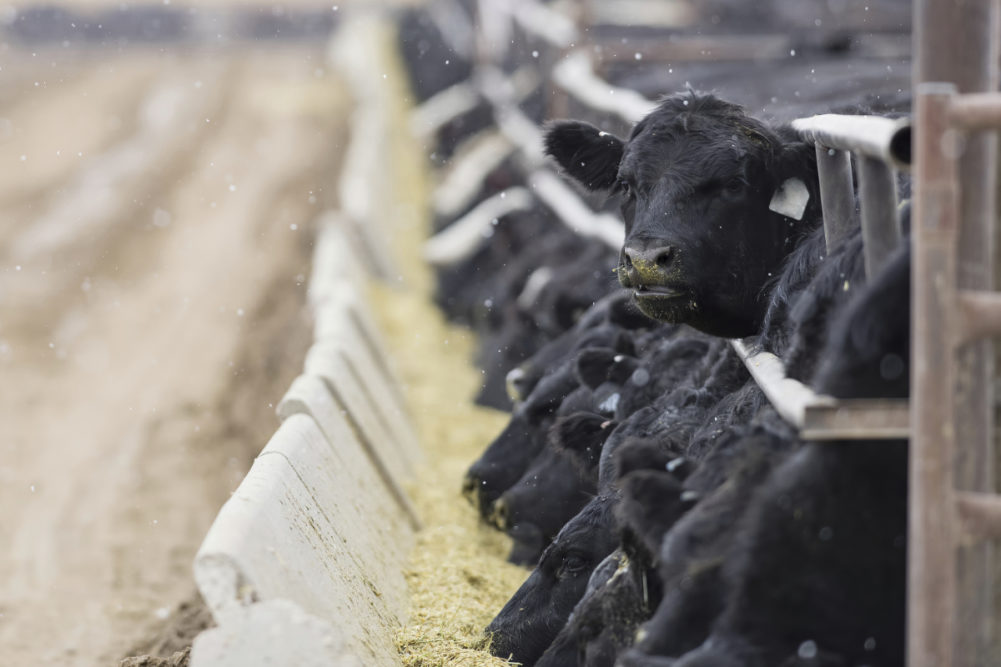BRUSSELS, BELGIUM — EU compound feed production is expected to drop 5 million tonnes in 2022 due to animal disease and the economic impact of the war in Ukraine, FEFAC said.
Production in the EU-27 is estimated at 145 million tonnes, compared to 150 million tonnes in 2021.
Large producer countries are forecasting a production decrease ranging between 1.5% and 8.8%. Only feed manufacturers in the Baltics, Ireland, Poland, Bulgaria and Slovenia are expected to keep feed production at a similar level to the last year. At the EU level, all of the major feed sectors will face a reduction.
The pig feed sector is likely to be the most affected. The production is estimated to decrease by 5.6% compared to 2021 following the reductions in herd size/the number of sows or farmers leaving the business. This is mainly due to increased production costs and animal health issues such as African swine fever (ASF). The situation is especially critical in Belgium (down 11%), Denmark (down 9%), Portugal (down 8.4%), Germany (down 8%), and Czech republic ( down 7,4%). The Netherlands and Belgium continue to depopulate their pig herds to reduce agricultural environmental emissions. Romania and Poland are being very much impacted by ASF.
The EU poultry feed sector will see production drop 3.4% mainly due to avian influenza spreading across the EU. With increased costs of production, farmers are postponing new production cycles/flock rotations. The EU trade policy offering temporary “zero tariff, zero quota” access for Ukrainian products entering the EU led to significant imports of poultry meat and eggs in July and August. Finally, due to inflation pressures on disposable incomes, farmers have difficulties selling high-value products like organic and free-range.
Cattle feed production is projected to decrease by 1.3% compared to the previous year despite increased sales of compound feed over the summer months when grass yield has been negatively impacted in the EU. Farmers have reduced their herds and shortened lactation cycles both to respond to green policies and to reduce feed usage.
The disappointing corn (maize) harvest in the EU (down 19%) may lead to a switch in the feed ratio in favor of feed wheat.
The increasing utility costs, economic uncertainty, increasing costs linked to environmental and animal welfare policy measures and expected persistence of animal diseases are being identified by FEFAC experts as the main market drivers.






